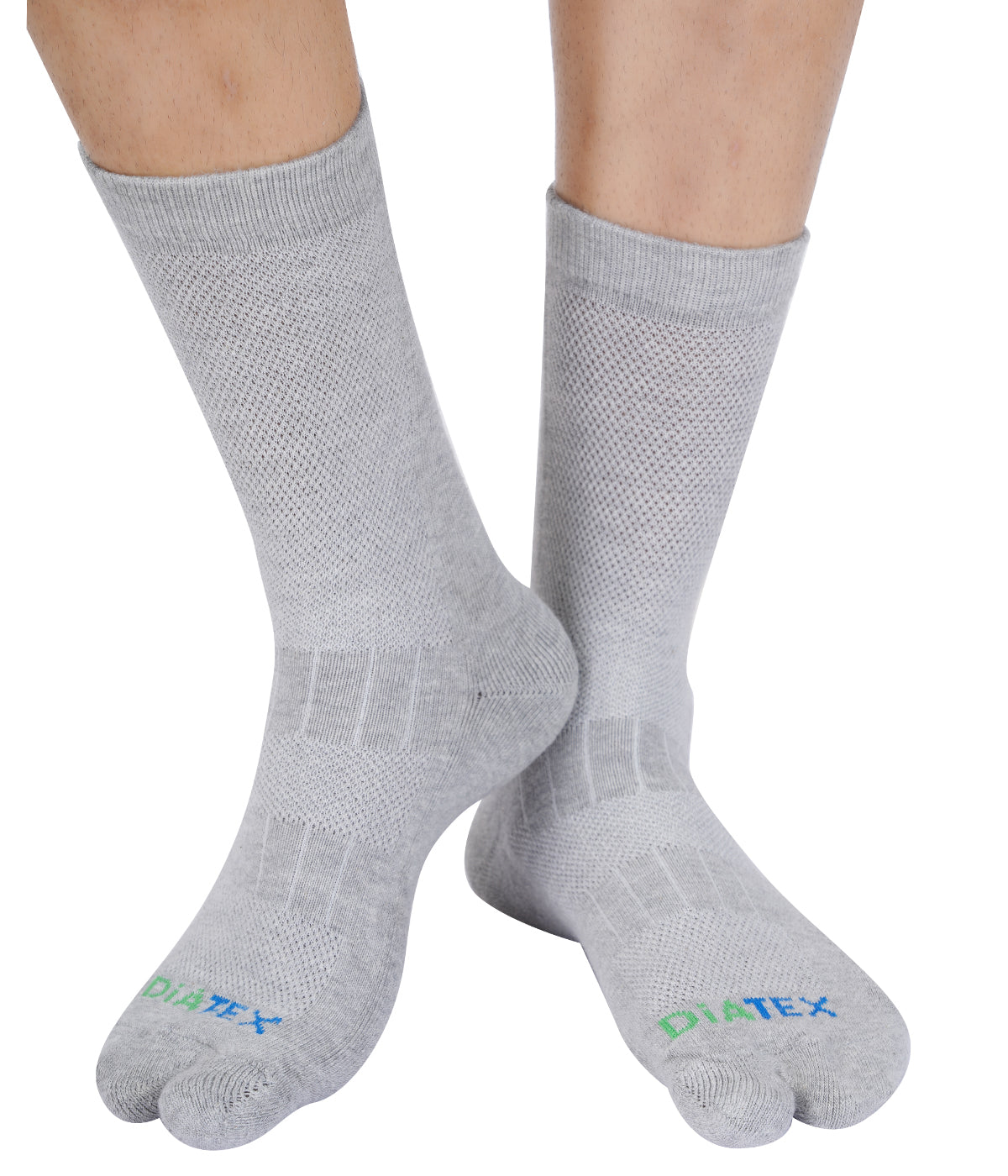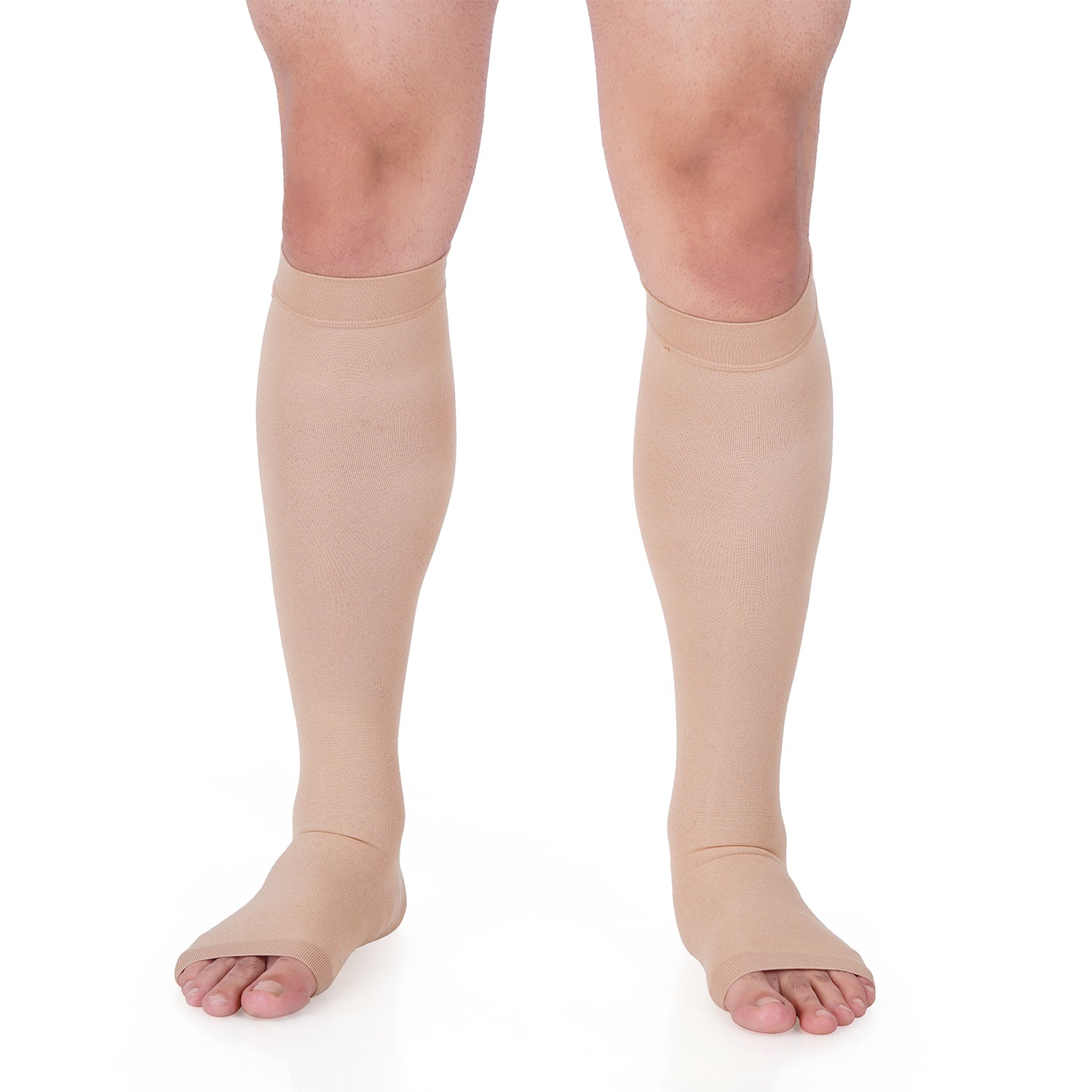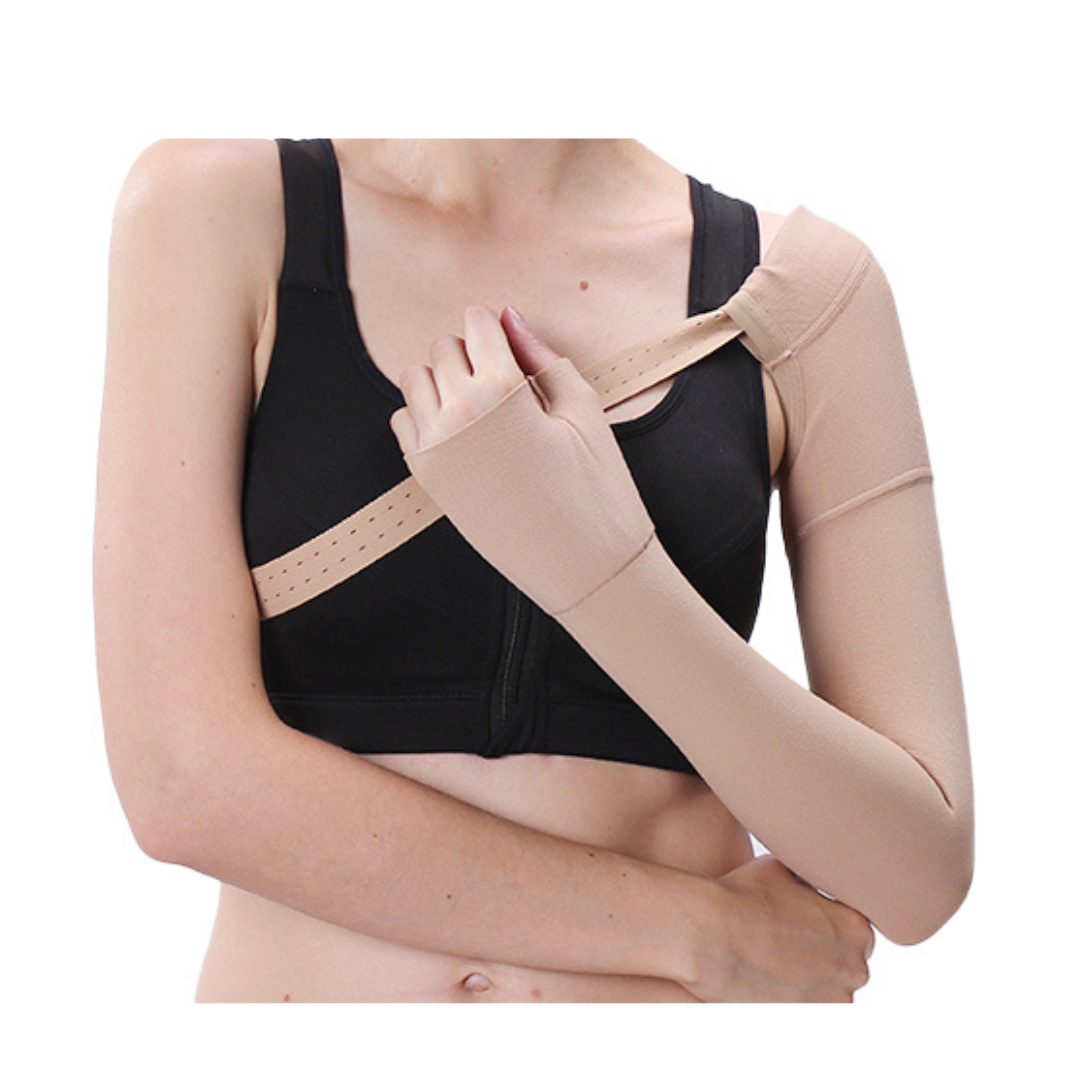Pada Yathra, a spiritual journey undertaken by devotees, is often performed barefoot as a sign of devotion, humility, and penance. Many religious traditions encourage this practice to foster a deeper connection with nature and spirituality. However, while walking barefoot can be a profound experience, it also comes with significant risks and health concerns.
In this article, we will explore the complications of walking barefoot for Pada Yathra, the medical risks involved, and the best practices to ensure a safe and fulfilling journey without compromising health.
Complications of Walking Barefoot for Pada Yathra
While the idea of walking barefoot on sacred journeys is spiritually enriching, it can have serious physical repercussions. Here are some key complications to consider:
1. Foot Injuries and Blisters
Walking long distances without footwear can cause:
- Cuts and abrasions from sharp objects like stones, thorns, and glass
- Painful blisters due to continuous friction and heat exposure
- Open wounds that increase the risk of infections
Blisters and wounds can become serious, leading to pain, difficulty walking, and prolonged healing times, which may interrupt the journey.
2. Infections and Skin Issues
Barefoot walking exposes feet to bacteria, fungi, and viruses, which can cause:
- Athlete’s Foot (Tinea Pedis) – A fungal infection that thrives in moist conditions
- Plantar Warts – Viral infections caused by the human papillomavirus (HPV)
- Abscesses and Ulcers – If wounds are untreated, they can develop into serious infections
3. Extreme Weather Conditions
Pilgrimages often involve long hours under the sun or through unpredictable weather. Walking barefoot can result in:
- Burns from Hot Surfaces – Walking on sun-heated roads can cause painful burns
- Cracked Heels and Dry Skin – Exposure to dry, rough terrain can cause painful cracks
- Cold-Related Issues – If the weather is too cold, frostbite or numbness can occur
4. Joint and Muscle Strain
Walking barefoot on hard surfaces for long distances can strain muscles and joints, leading to:
- Knee and Ankle Pain – Due to lack of cushioning and support
- Arch and Heel Pain – Increased stress on the foot’s natural arch
- Long-Term Joint Damage – Continuous pressure may lead to conditions like arthritis over time
5. Exposure to Harmful Objects
Many pilgrimage routes pass through rural or less-maintained areas, increasing the risk of stepping on:
- Sharp stones, nails, and broken glass
- Animal waste, chemicals, and dirty water
- Insects, snakes, or other creatures that may bite or sting
These risks make barefoot walking highly unsafe, especially on unfamiliar terrain.
Medical and Health Risks of Walking Barefoot
1. Risk of Fungal and Bacterial Infections
Moisture, dirt, and prolonged exposure make the feet vulnerable to infections. Walking barefoot in public or natural areas can expose one to fungal infections, leading to itching, peeling, and discomfort.
2. Plantar Fasciitis and Arch Issues
Continuous walking without support can inflame the plantar fascia (a thick ligament under the foot), leading to:
- Severe heel pain
- Difficulty walking long distances
- The need for medical intervention
3. Risk of Snake and Insect Bites
Bare feet are at high risk of getting bitten by snakes, scorpions, or other insects found along the path. Many pilgrimage routes pass through forests or remote areas where such risks are high.
4. Impact on Blood Circulation
Walking barefoot on rough surfaces may cause swelling or restrict proper circulation, leading to numbness, cramping, or long-term vascular issues.
Best Practices for Safe and Comfortable Pada Yathra
1. Choosing the Right Footwear
Instead of going completely barefoot, opt for:
- Thin-sole sandals or lightweight shoes – Offer protection while maintaining the spiritual essence
- Orthopedic footwear – Reduces strain on joints and muscles
- Temple Socks - Protective socks
2. Using Protective Accessories
- Toe Guards or Bandages – Can help prevent blisters
- Foot Powders and Moisturizers – Keep feet dry and reduce fungal infections
3. Practicing Foot Care Before and After Yathra
- Regularly wash feet with antiseptic soap
- Apply coconut oil or healing balms for cracked heels
- Massage feet after long walks to relieve pain
4. Maintaining Hydration and Nutrition
Drinking plenty of water and consuming nutritious food can prevent muscle cramps and dehydration-related foot swelling.
5. Gradual Preparation for Long Walks
Pilgrims should train by walking shorter distances before the yathra to allow their feet to adjust gradually.
Conclusion:
Walking barefoot for Pada Yathra is a deeply spiritual practice, but it comes with significant health risks. Foot injuries, infections, extreme weather exposure, and long-term joint damage can impact one’s well-being. By following best practices such as wearing protective footwear, maintaining proper foot hygiene, and choosing safer routes, pilgrims can ensure a fulfilling and safe spiritual journey. Balancing devotion with practical health considerations allows one to complete the yathra meaningfully while staying safe.











